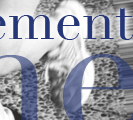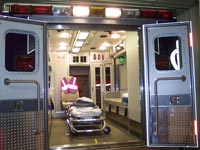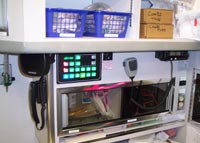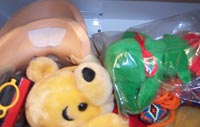 |
||||
      |
||||
(rural EMTs, cont.) While EMTs like Dorschied, Fronk and Lawton have strong affection for their work, it’s not always easy or pleasant. Their friends and neighbors in La Farge are often baffled by why they do it when the emotional and physical demands are so extreme. “I can, so I do it. It doesn’t bother me to see people at the worst time in their life,” says Fronk. The reward is seeing patients alive and with their family and friends again. “It is very rewarding to meet that person on the street days or months after [an accident] and know you helped them,” Lawton says. The joy of being part of such a community organization is obvious in the way they talk about their experiences. EMTs are universally discrete in order to protect patient confidentiality. But squad members also don’t volunteer to brag; they volunteer to help their community be a better and safer place to live. As is the feeling among many small-town ambulance services, the La Farge EMTs admit that sometimes assisting people they know can be scary. In the condensed area the LAAS covers, the EMTs usually know the person they’re helping; both Fronk and Dorschied have treated their own family members. Fronk was with his grandfather in the ambulance before his death and Dorschied performed CPR on her aunt. For them, it’s a matter of doing their best to help every patient as if he or she is part of their extended family. Fronk and Dorschied both admit they have experienced particularly horrific moments in their careers. Dorschied says her worst run was to a car accident in which a young man died and several others suffered injuries. Her unit was the first dispatched and she was in charge. Because they were unable to save one of the victims, Dorschied says she is still plagued by a very human feeling: “Why couldn’t I do anything for him?” Memories of events like these stick with EMTs, and Dorschied believes it should be that way. “If you’re able to sleep that night, you probably shouldn’t be doing this.” The financial situation of the LAAS is just as unique as the rural community they serve. The squad is self-sufficient, receiving a stipend from each of the townships they serve as well as the village of La Farge for new ambulances. In fact, they just purchased a new ambulance in spring of 2004. The squad paid for half of it and the rest of the money came from the townships. However, the majority of the money necessary to support this non-profit organization comes from the calls the squad goes on and donations made in honor of past patients or by community members. The money is used for training, new equipment, repairs and other expenses. The squad members take great pride in what they are able to offer patients, and in return, grateful community members provide the financial support necessary to keep the squad alive. “We are one of the smallest towns in the area, but have some of the best equipment money can buy. We also have two ambulances, whereas towns much bigger [in this area] do not have an ambulance service at all,” says Lawton. The squad bills individuals for calls, but charges only for the cost of the equipment and supplies. All tolled, the LAAS provides relatively cheap service, one of the many reasons this volunteer service is so important to the community. Fronk, Dorschied and Lawton say that they bill twice for a run and leave it at that. They never go to collection agencies. Lawton says, “If those people [who don’t have insurance] can’t afford to pay, we do not go after them for payment. We drop it. We don’t want people to hesitate to call us because they can’t afford it. That’s not what it is about.” The squad can afford to do this because all of the service from this ambulance squad is completely voluntary. “We don’t get a cent,” says Fronk, who reiterates that he likes it that way, as does the rest of the squad. He feels that patients receive better care since the squad works because they want to, not for the money. For the members of the LAAS, it’s more than just a job; it’s their way of life and how they show they care. Dorschied agrees, saying none of them are in it for the money. “I wouldn’t do it if I got paid. You wanna pay me? I quit.”
|
|||
|
|||
|
|||
|
|||
|
|||


